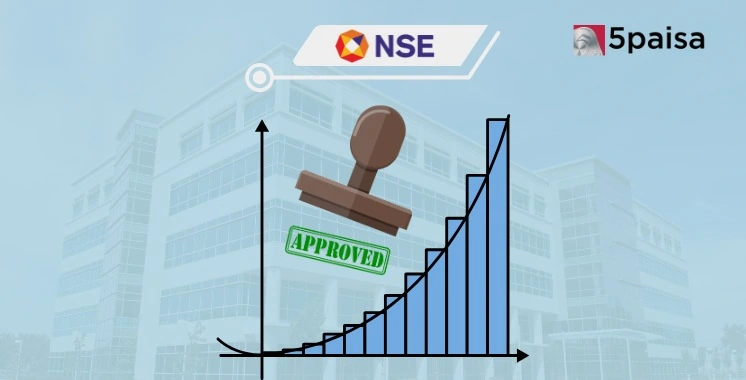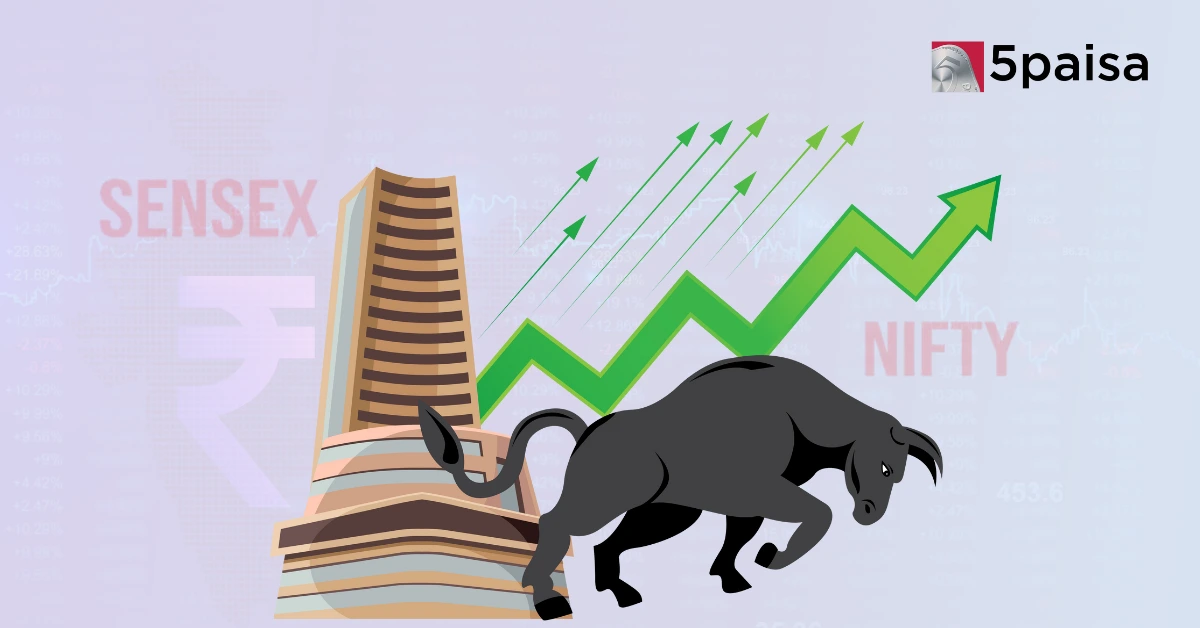Stanbik Agro IPO Shows Moderate Response, Subscribed 1.49x on Day 3
SEBI Grants NSE In-Principle Approval for Electricity Derivatives
Last Updated: 8th May 2025 - 02:53 pm

The National Stock Exchange (NSE) just got an in-principle approval from SEBI to launch electricity derivatives, which could reshape how energy is bought, sold, and priced in the country.
A tug-of-war between SEBI and the Central Electricity Regulatory Commission (CERC) held back progress for years. That standoff ended when the Supreme Court stepped in and cleared things up. Now, CERC will regulate contracts that involve actual power delivery, while SEBI will handle financial instruments like futures and options. This clears the path for more flexibility in the energy market—no more being stuck with short, 11-day contracts.
Strategic Implications for Power Market Participants
This is big news if you’re a power distributor, a significant energy consumer, or a generator. Electricity derivatives offer new ways to manage price swings and plan. Instead of being at the mercy of volatile energy prices, especially during peak seasons, companies can now lock in prices or hedge their risks. The Ministry of Power is all in, saying this will help with more innovative procurement and lower costs.
Exchange Expansion and Product Diversification
Electricity derivatives are just the start. NSE is also looking into carbon credits and new bond index products. These moves show it aims to be a go-to platform for all kinds of financial trading, not just stocks. If approved, these new offerings could draw in a wide range of investors and help deepen India’s financial markets.
Government Targets and Market Deepening
Right now, only about 5.5% of India’s electricity is traded on exchanges; the rest is locked into contracts or government deals. The government wants to jump to 25% by 2025. Derivatives will help by adding more ways to trade, hedge, and manage power supply and demand. Plus, these tools might attract new players like hedge funds, banks, and large corporations.
Global Comparisons and Learnings
India isn’t the first to try this. European countries like Italy and Spain have used electricity derivatives to cut tariffs and stabilise energy prices. Those markets show that if used well, these instruments can create more competition, lower prices, and reduce the shock of price spikes.
Implications for Renewable Energy and Sustainability Goals
India has set an ambitious goal: 450 GW of renewable energy by 2030. That’s huge. However, renewable sources like solar and wind energy can be unpredictable. Electricity derivatives can help smooth things out by offering price stability and forecasting tools. That makes it easier for green energy projects to stay financially healthy.
Next Steps and Market Expectations
With the rules in place, exchanges like NSE and MCX are expected to act fast. The first products will likely be linked to regional or national electricity prices, maybe using data from the Indian Energy Exchange (IEX). But don’t expect everyone to jump in overnight. Education will be key; market participants must understand how these tools work before using them to manage risk or speculate.
Conclusion
This move isn’t just a technical upgrade; it’s a significant step toward modernising India’s energy economy. With clear rules and the backing of key institutions, electricity derivatives could offer price stability, lower costs, and a more innovative way to plan for the future. Like oil and gas futures revolutionised global commodities trading, these new tools could do the same for India’s power market.
- Flat ₹20 Brokerage
- Next-gen Trading
- Advanced Charting
- Actionable Ideas
Trending on 5paisa
01
 5paisa Capital Ltd
5paisa Capital Ltd
Indian Market Related Articles
Disclaimer: Investment in securities market are subject to market risks, read all the related documents carefully before investing. For detailed disclaimer please Click here.




